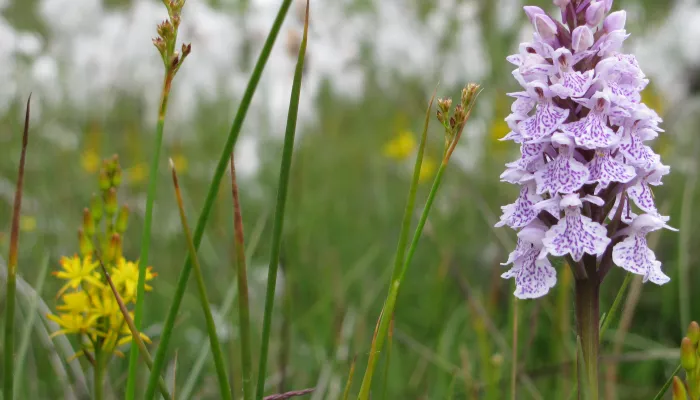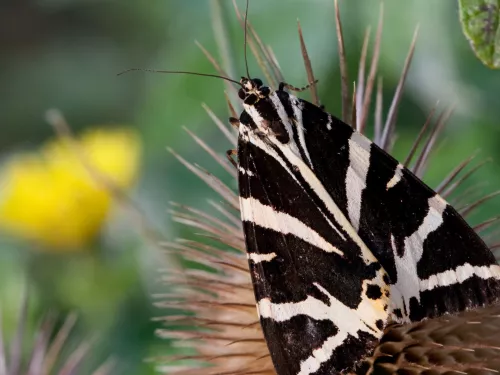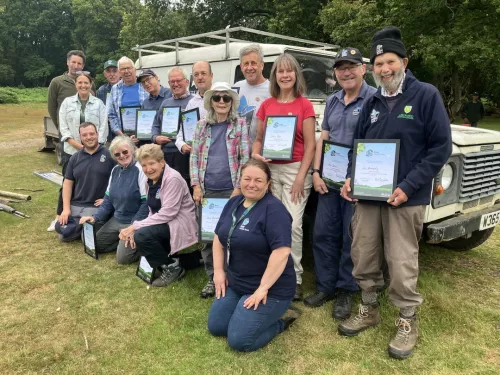
Meet the herd – the eight wild bison on a wilding journey in Canterbury
Since bison were released into West Blean and Thornden Woods on the outskirts of Canterbury, they have not only transformed the landscape but significantly grown in number.

It can be difficult to watch a landscape you frequently visit go through dramatic changes but I hope you can understand that at Hothfield Heathlands, the work here is vital to restoring and maintaining one of the rarest habitats we have. The work done this winter will keep this all important carbon sink alive and provide more space for peatland species to thrive. Muddy areas have been created but alternative routes are available for walkers and as always, we ask our visitors to keep their dogs under control at all times.
If you’d like to join us as we continue to maintain these peatlands for years to come, you can apply to be a Hothfield Heathlands volunteer on our website.

Since bison were released into West Blean and Thornden Woods on the outskirts of Canterbury, they have not only transformed the landscape but significantly grown in number.

Margery Thomas, Hothfield Volunteer and regular columnist looks at the lack of butterfly sightings in recent months, the work volunteers are doing to remove bracken and how this all impact the wider management of the last remaining fragments of heathland…

By August, floral glory has passed from the orchids (heath spotted, southern marsh and a few large hybrids) to the heather or ling. As ever, we hope for a protracted display of purple in the heathy areas, which is likely if the cool nights persist. Orchid…